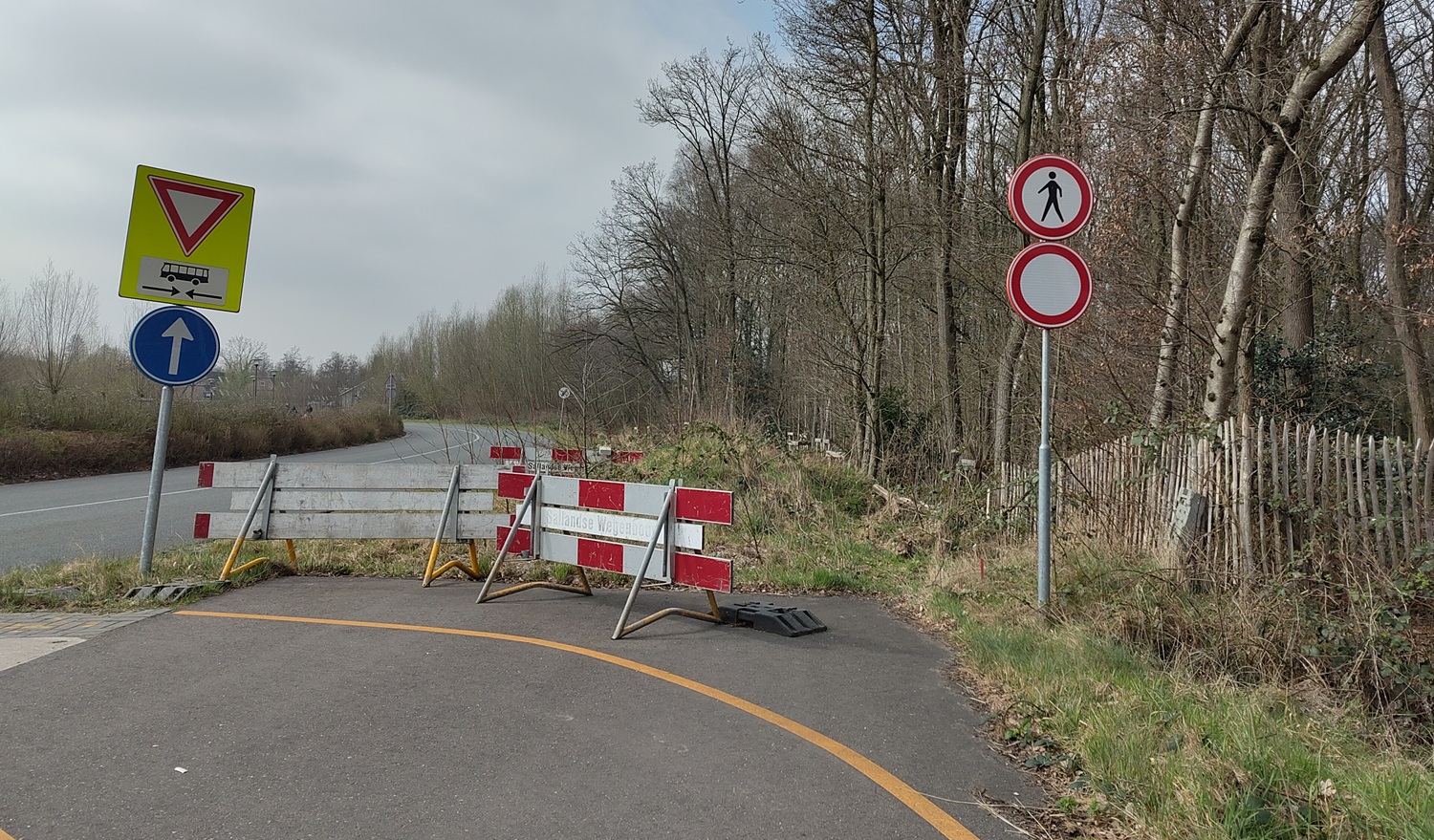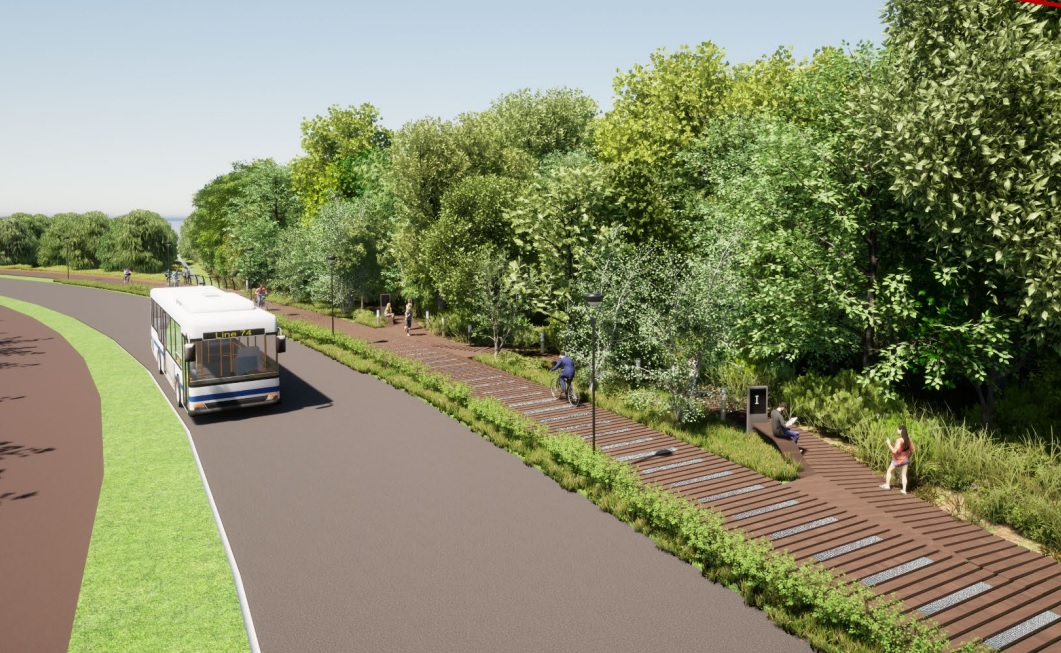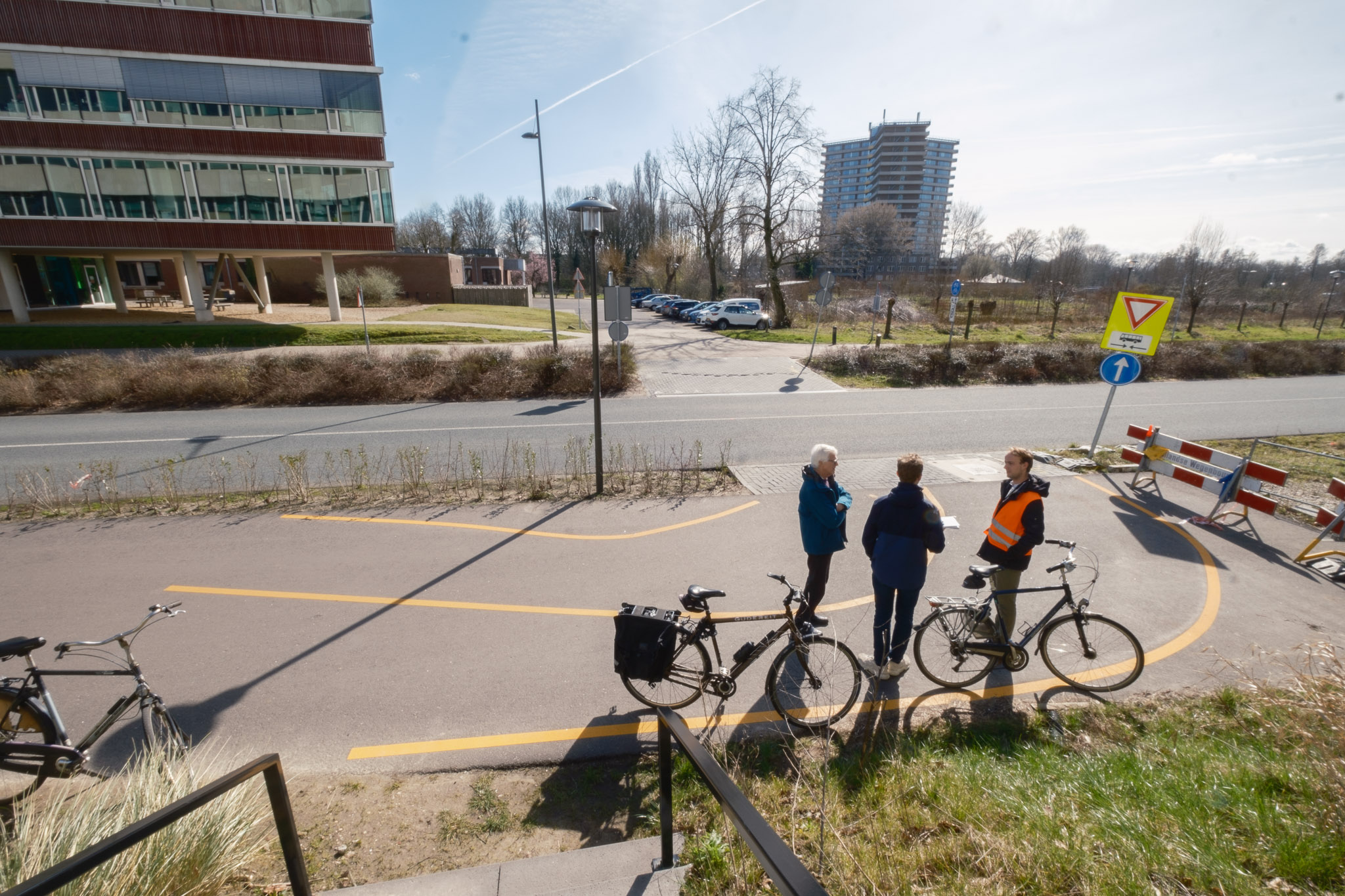The Dassenbos (Badger Forest) near Aurora will be granted the status of a monument, due to the cultural-historical value of the structure in the forest of approximately four hectares. The forest has a so-called groove structure, with elevated mounds and grooves for drainage to allow for the cultivation of oak trees.
The Dassenbos was first mapped on the polder map of Wageningen-Bennekom in 1752. It is the last remnant of De Hooge Hoef estate and formerly served as a production forest. The oaks grew on the ridges and were felled as firewood. Tannins for the tanning industry were extracted from the bark.
Ring
The Dassenbos threatened to disappear some ten years ago for a ring road around the campus. The road was designed to reduce traffic congestion in Mansholtlaan. Due to pressure from neighbouring Noor-West and Wageningen politicians, the province decided instead to implement an alternative: improving the Nijenoordallee. That operation is yet to begin.
The status of municipal monument provides the small forest with permanent protection from such developments, but it does not mean its former function as a production forest will be reinstated, says ecologist Wieger Wamelink. ‘The forest will be largely maintained in its current form. There will be no tree felling. The grooves will be deepened as they are currently becoming congested.’
Bike lane
The status of municipal monument does not impact the planned bike lane nor the wooden lane along the bus lane. Project manager Lex Roders (Real Estate and Housing) expects the construction to begin after the summer. Not just that of the bike and wooden lane, but also the western access road for cars heading to and from the campus.
The decision to protect the Dassenbos fulfils a GroenLinks wish. The party managed to get a motion to this effect approved by the council in 2021. GroenLinks is the largest faction by far in Wageningen’s municipal council.

 The current bike lane near the Dassenbos. Photo Roelof Kleis
The current bike lane near the Dassenbos. Photo Roelof Kleis 

